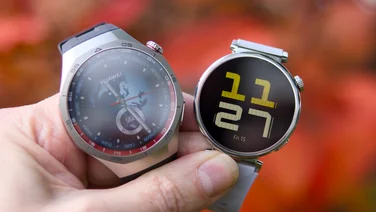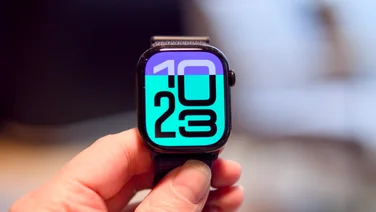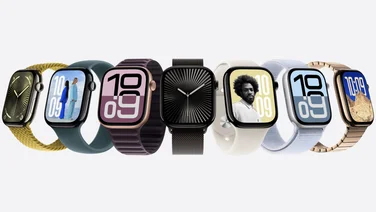To help us provide you with free impartial advice, we may earn a commission if you buy through links on our site. Learn more
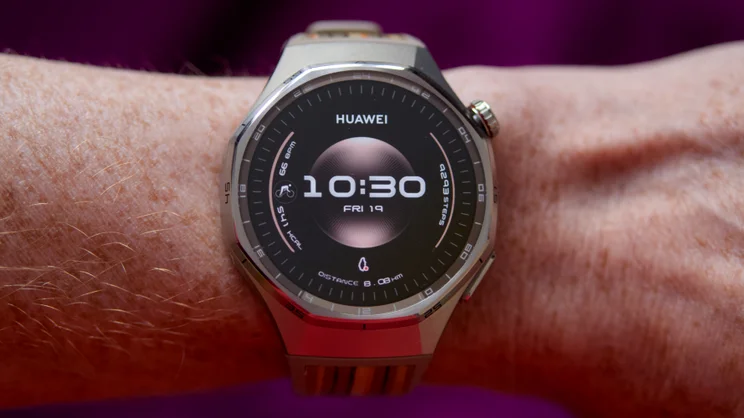

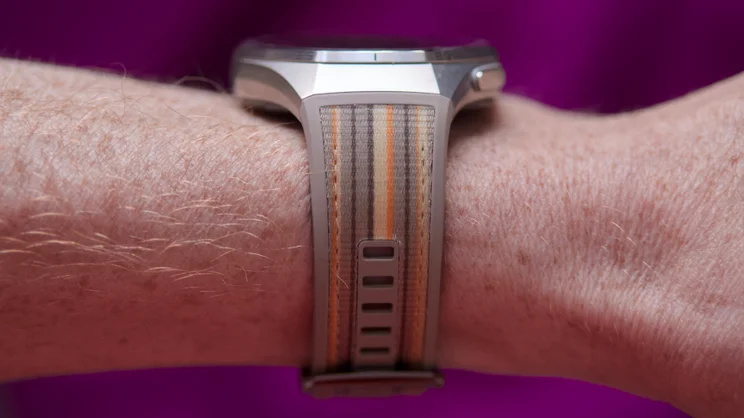
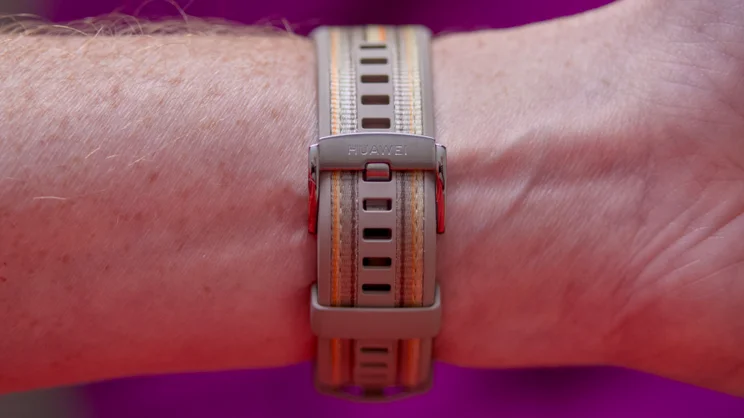
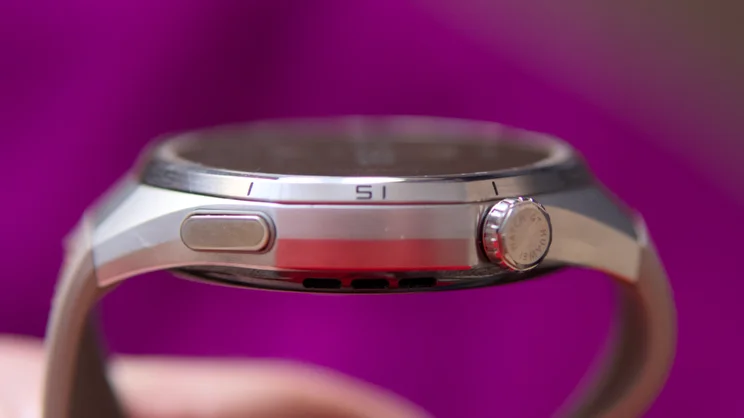
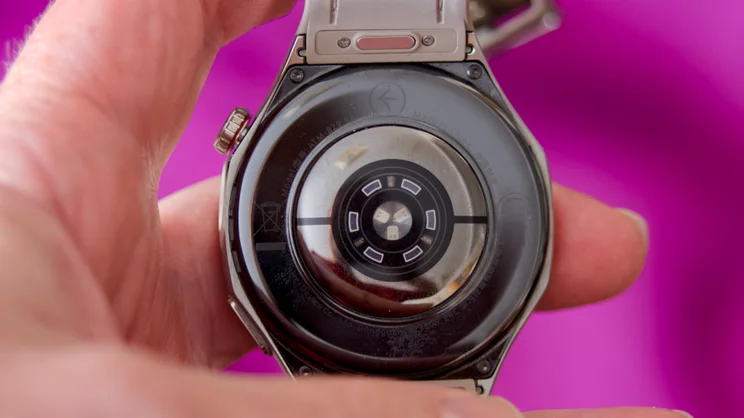
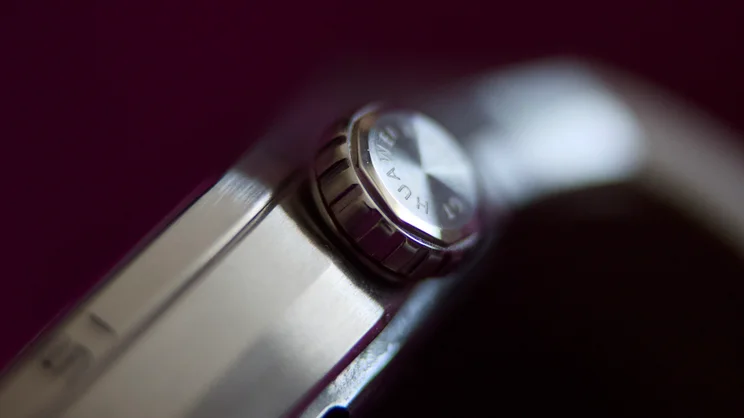
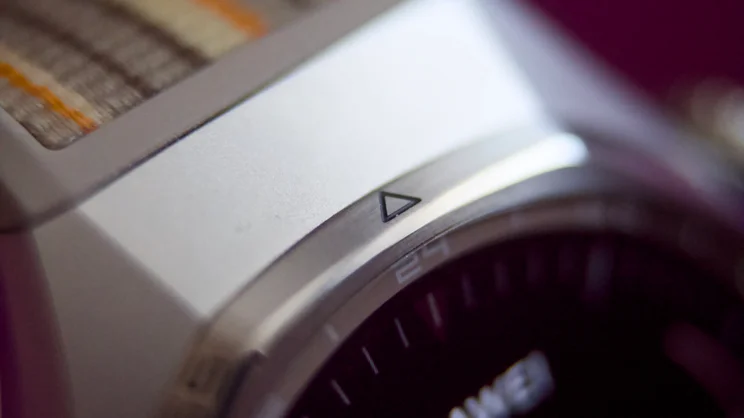
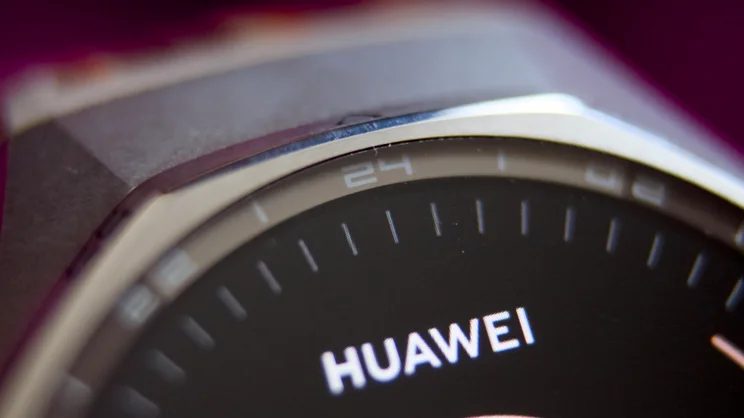
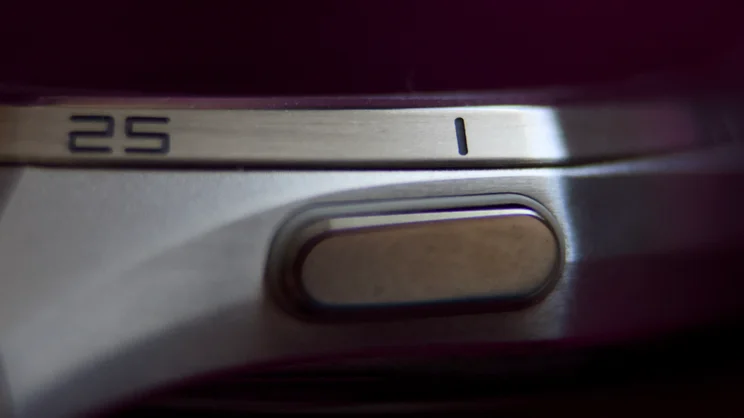
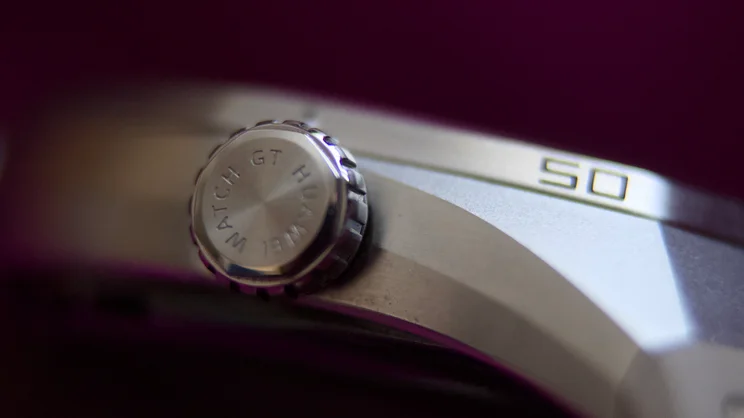
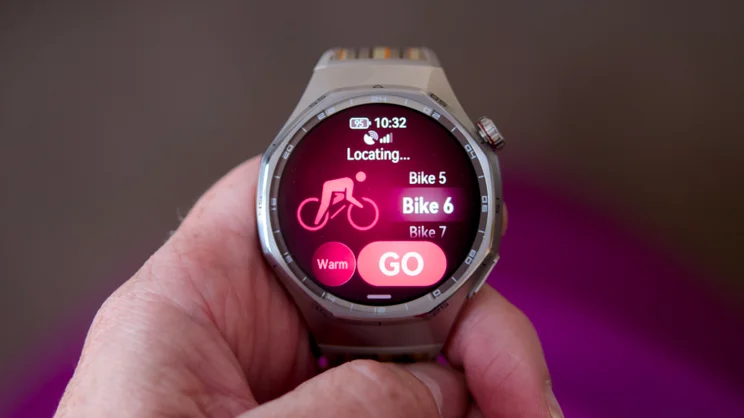
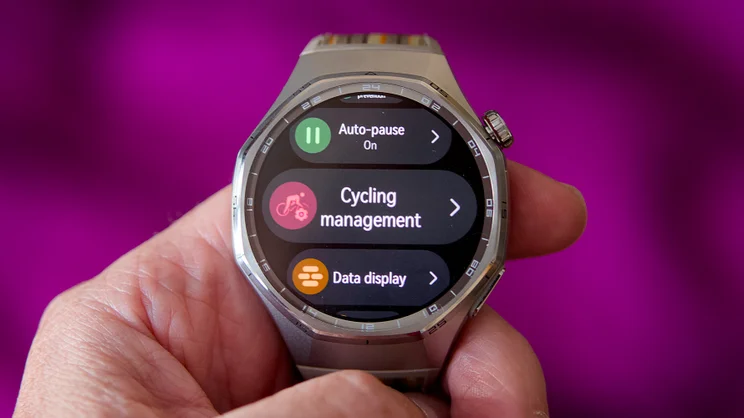
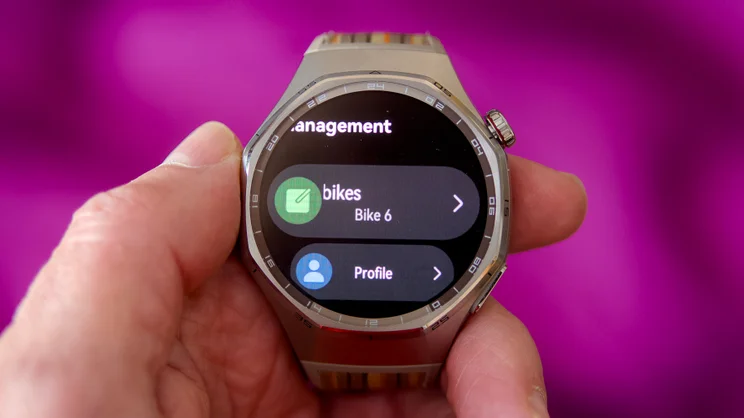

- Drop-dead gorgeous
- Long battery life
- Cycling power on the wrist
- Can’t do much with virtual cycling power
- No NFC payment support in the UK
- Limited core smartwatch features
The Huawei Watch GT6 Pro won’t gain as much attention as some other smartwatches in 2025, but it deserves so much more. And that’s because it gets so much right. While other wearable manufacturers have been busy adding ever more features and integrating AI, Huawei has been concentrating instead on the fundamentals.
And that’s something I can get on board with. Core qualities such as battery life, accuracy and build quality are, arguably, more important than adding yet another health metric you’ll probably never make use of. And while Huawei is certainly guilty of the latter, it has also made strides in improving the former with the GT 6 Pro.
In fact, all things considered, I think this is the Chinese company’s best smartwatch to date. And it’s good enough to be considered a serious rival to the big guns of the wearable industry.
Huawei Watch GT 6 Pro: What do you get for the money?
One of the principal attractions of the Huawei Watch GT 6 Pro is the sheer value it represents. It costs £330, and for that, you’re getting an awful lot of wearable for your money, especially when it comes to the materials used in its construction. The body of the watch is made from titanium alloy, the screen is protected with sapphire crystal glass and the rear is crafted from a polished “nanocrystal” ceramic material.
Combined with its raised octagonal bezel and offset clickable rotating crown, this is a smartwatch that can hold its own, aesthetically speaking, against any of its major rivals. In fact, Apple, Samsung and Google’s offerings at around this price don’t come close – it’s only when you get to the more expensive models that the build and materials align more closely.















Still, this is something that could be said of last year’s GT 5 Pro, which I was also quite taken with, design-wise. And while the GT 6 Pro does improve things on this front, it does so only slightly. The screen is 5.5% larger than last year and the bezels are slimmer, despite the case being roughly the same size. The AMOLED display itself can now reach a brighter 3,000cd/m2, making it even more readable in bright conditions, and Huawei claims improved GPS accuracy thanks to a new antenna design and the introduction of 3D distance tracking – this is where the watch factors in altitude when it calculates how far you’ve travelled, as well as your position laterally.
Improvements to the tracking algorithm also deliver better heart-rate monitoring. And perhaps most importantly, the battery life has received a boost with this generation of Watch GT, with the 46mm Pro model quoted at 21 days of “light use” and 40 hours of GPS activity tracking, up seven days from the previous model.















All of this goes hand-in-hand with upgrades to several of the core sports modes – cycling, skiing, trail running and golfing. Of these, it’s cycling that has received the most attention, and the big addition is that of virtual cycling power. Factors like your weight, how heavy your bike is, your heart rate and the gradient are used to work this out and Huawei says it’s accurate to within 15W of a proper crank- or pedal-based power meter.
This is nothing particularly innovative – if you log your rides using Strava, you get an estimation of power after your ride – but the difference here is that, the readout on your watch can display your power estimation in real-time, alongside heart rate, speed and distance and other cycling-specific info such as the current gradient.















What’s more, it’s even possible to get all your data readouts – heart rate, distance targets and so on – relayed to the screen of your phone, making it easier to read while you ride. And if you upgrade to a proper power meter, the watch will be able to calculate your FTP (functional threshold power), so you’ll be able to gauge your efforts more accurately.
To be completely honest, though, if you’re going this far and spending hundreds of pounds on a cycling power meter, you’d almost certainly be better off purchasing a proper cycling computer, dedicated to the job.
The improvements made to those other sports modes are less dramatic: there are aesthetic updates and better quality maps in the Golf mode; more metrics tracked for Skiing, including run count, max speed and average grade; and there are various improvements to the trail running mode, including a way to preview the gradient profile of the route you’re following before you run, plus live gradient data.















Huawei has also incorporated wheelchair use in its generic activity tracking and added fall detection to the GT series for the first time. The latter will place a phone call to your emergency contact and give you the option to contact emergency services from the screen of your watch, too. It won’t do anything more than that, however – it won’t send location information or play a recorded message, so it won’t be of much use if the fall has knocked you unconscious.
What does it do well?
The first thing to note is that the Huawei Watch GT 6 performed brilliantly in testing – in every area that counts. Notably, GPS accuracy was more accurate than the Huawei Watch GT 5 Pro and both heart rate and GPS were more accurate than the Apple Watch Series 10.
I tested the watch over the course of around a month, running a total of 79km and riding 67km and, as usual, I compared it for distance with a couple of reliable external sensors: my Stryd Gen 3 running pod and Polar H10 chest strap. For my rides, meanwhile, I compared distance with GPS recording from a Garmin Forerunner 955.
The average “error” for both metrics was around 2% or below compared with my control devices, and while those figures can’t quite match the results from Huawei’s best wearables, or the Apple Watch Ultra 2, it’s really not that far off.
One peculiarity I did spot, however, was that in almost every case the GT 6 Pro recorded a shorter distance than both the Stryd and Garmin devices, something that may be attributable to slightly over-zealous smoothing. You can see that at work in the GPS trace pictured below, where the trace swoops around corners instead of accurately hugging every corner turned.
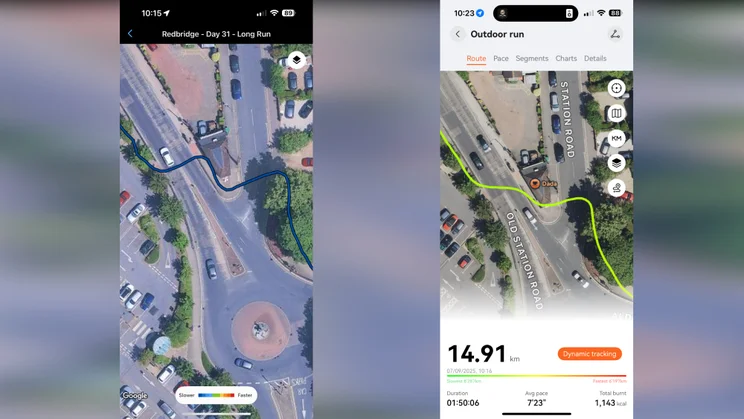
However, with such small differences on average, this is not a major concern. To all intents and purposes, the Huawei Watch GT 6 Pro is as good as it gets when it comes to accuracy, something that’s even more impressive given how heavy and chunky the watch is. The heavier the watch, the more it jiggles around on your wrist and typically that leads to reduced heart rate accuracy. Not here.
I was also impressed with the battery life of the watch. As I was giving it a bit of a workout, I never got close to the claimed maximum 21 days; I’m just not a light user. However, with the watch’s always-on display enabled and running or riding three to four days per week, I found the GT 6 Pro lasted around seven days. Your mileage, however, may vary and will depend on how much you use it for tracking outdoor workouts and how long those workouts are.















Elsewhere, all the things Huawei watches typically do well are present and correct. One of the main positives is cross-compatibility with iOS and Android, something Pixel, Samsung and Apple smartwatches don’t offer. Buy one of these and you could, in theory, swap from iPhone to Samsung Galaxy (I know – mad, right?) and not have to change smartwatches at the same time.
The watch tracks all the health metrics you could possibly wish for, too – from steps, sleep and VO2 Max to stress and SpO2 – plus some you’ll probably never find a use for (arterial stiffness, anyone?). The Watch GT 6 Pro is the first Huawei wearable to come with CE-certified atrial fibrillation detection for early detection of possible heart problems and it works largely as it does on other smartwatches.















Fire up the ECG app and rest your index finger on the lower right button for 30 seconds. The watch will then tell you if your ECG readout shows signs of atrial fibrillation and you can then download a PDF report from the mobile app that you can share with your doctor over email.
And another positive is that you get offline maps with the GT 6 Pro, although there’s still frustratingly no way of combining route guidance with segmented structured workouts. How hard can this be?
What could it do better?
Less usefully, and somewhat preposterously, the watch now also includes an “Emotional wellbeing” app. This attempts to gauge your mood and tells you if you’ve been feeling “peaceful”, “neutral” or “unpleasant” and combines this with a stress readout to make automatic suggestions as to how to improve your mood. I’m not sure how accurate this is. I’ve definitely felt unpleasant over the past few days and the watch hasn’t picked up on it at all. A work in progress, perhaps? More likely it’s a feature in search of a purpose.
Perhaps more seriously – given how much focus has been placed on cycling this time around – I’m surprised at how little you can do with the new virtual cycling power metric. There appears to be no way, for instance, to set up structured workouts in the app or interval sessions using virtual power as a target. You can’t even set up virtual power as an overall workout goal; goals are limited to distance, time and total calories.















The power readings do seem to be consistent from ride to ride – on the same relatively flat, low-effort commuting route, it delivered a power rating that varied by only 3W from one ride to the next – which means you could, in theory, use it as a training aid. As it stands, though, it’s more interesting than truly useful as a training aid.
Related to this, there really needs to be a place in the Huawei health app where you can manage your cycling settings. When you start a ride, for instance, you can switch bike types (if you have more than one), and add new ones – something that will have an impact on your power readings. However, the only place you can do that is on the watch itself. The bike you rode on a given workout isn’t even surfaced in the exercise records displayed in the app or watch, which is bizarre.















In fact, the Huawei Health app continues to be a bit of a chaotic mess that’s difficult to find your way around. The home screen is simple enough, but if you ever need to change settings, or do anything remotely advanced you will spend some time hunting around and scratching your head before you find what you need.
Finally, when it comes to proper smartwatch features, the Huawei GT 6 Pro is found somewhat wanting. It does send through notifications to your watch screen, which is good, and it allows you to take phone calls via its microphone and speakers, but you can’t reply to messages and emails on the watch itself. It doesn’t have anything like the extensive app ecosystem that Apple does, and in the UK at least, there’s no support for NFC payments from the wrist.
Huawei Watch GT 6 Pro: Should you buy one?
For all the reasons detailed in the above section, the Huawei Watch GT Pro 6 is likely to remain limited in its appeal, certainly for the masses, but there are still plenty of reasons you might want to pick one up. First, it’s a great looking watch – in my opinion, more stylish than any of the options at this price from the big smartwatch manufacturers.
It’s made from more premium materials than you’d expect at this price. And as long as your needs are relatively basic, it’s a competent watch for tracking your runs, rides, hikes and swims. Battery life is a particular highlight. Not one of its major rivals can compete on that front.
If, however, you demand more of your smartwatch: granular control over training plans for anything other than running, the ability to reply to text messages on screen, extensibility that a comprehensive app ecosystem provides, then you’ll have to put up with shorter battery life and purchase something a little less good-looking.


















